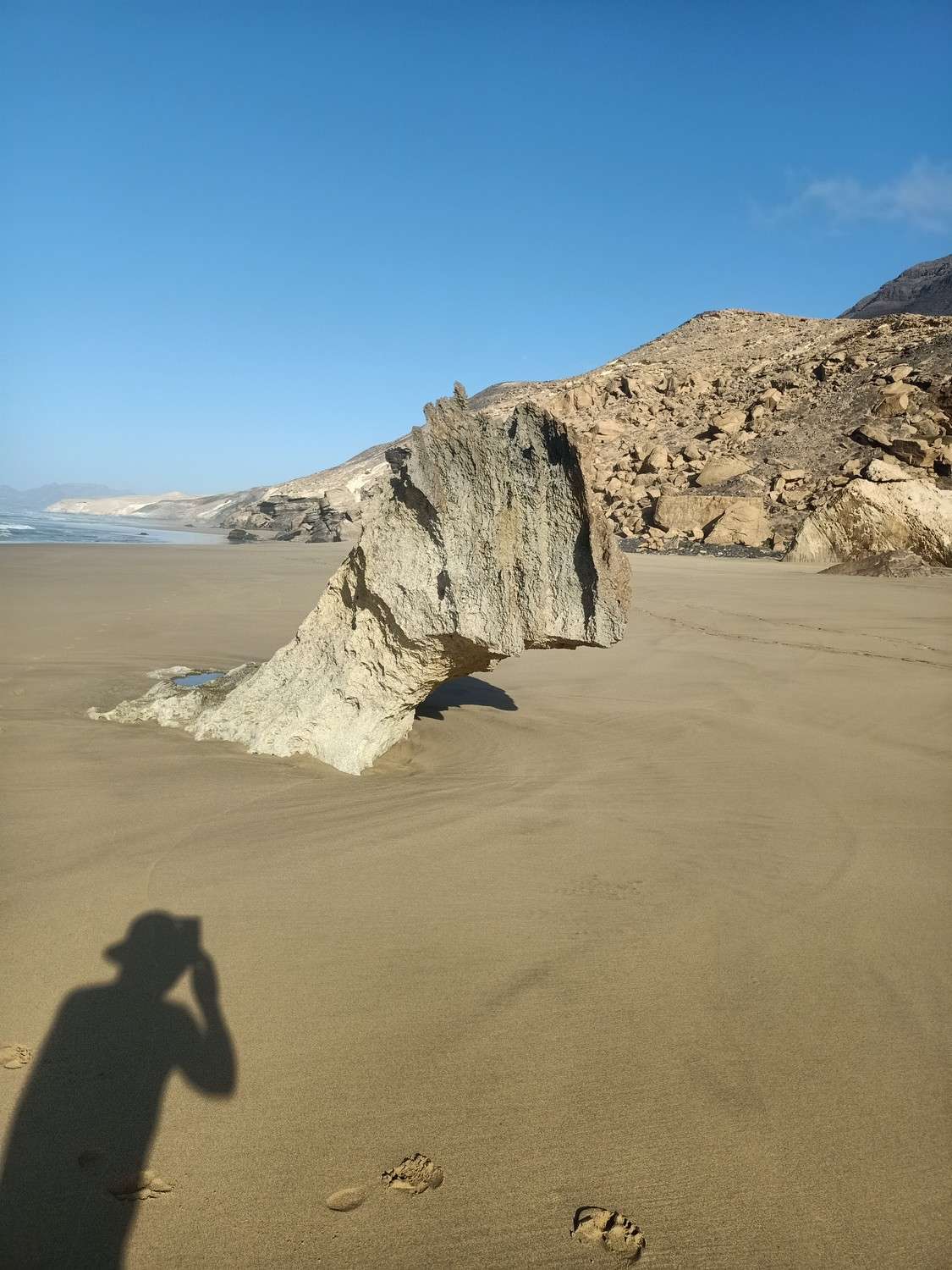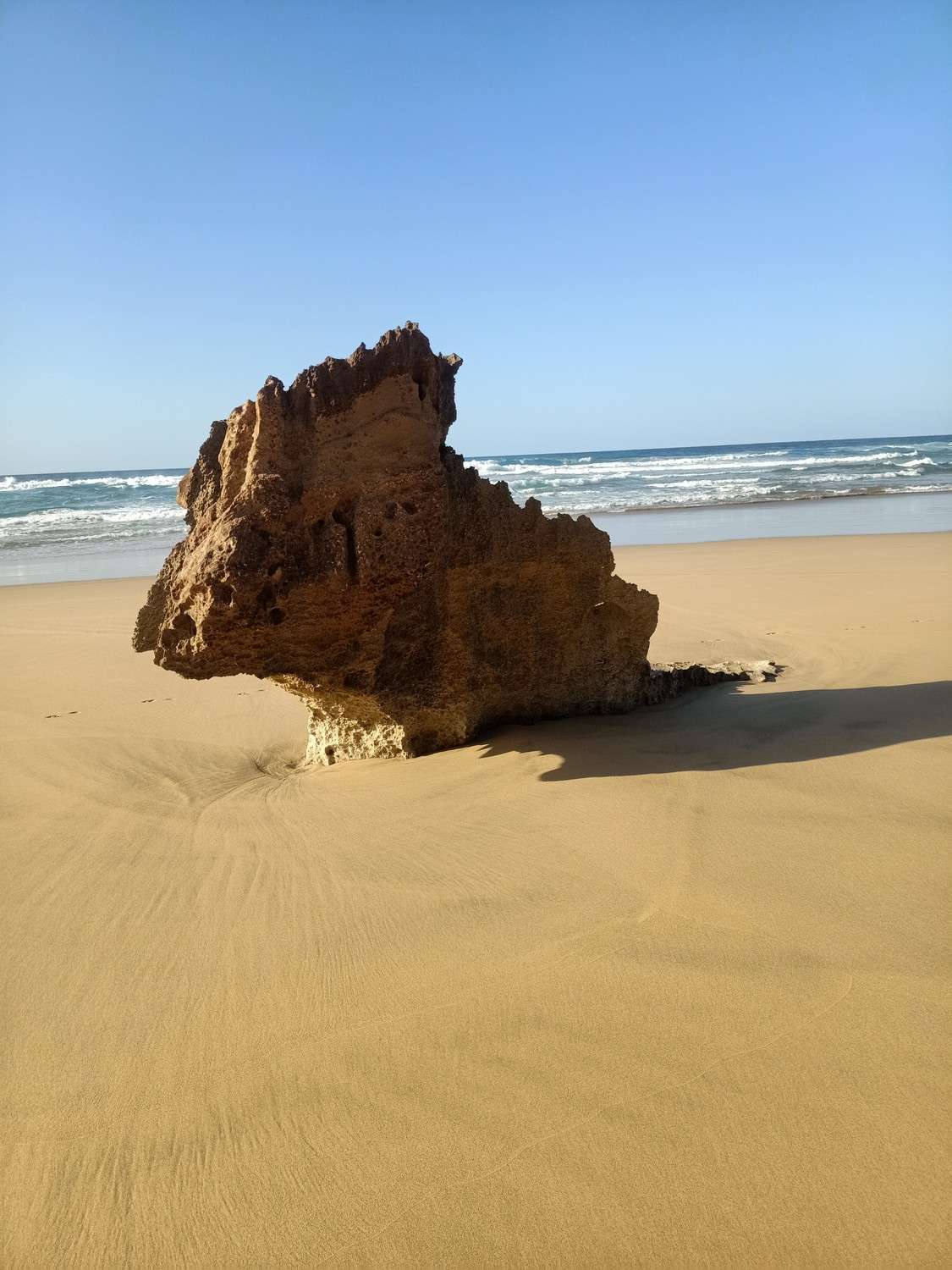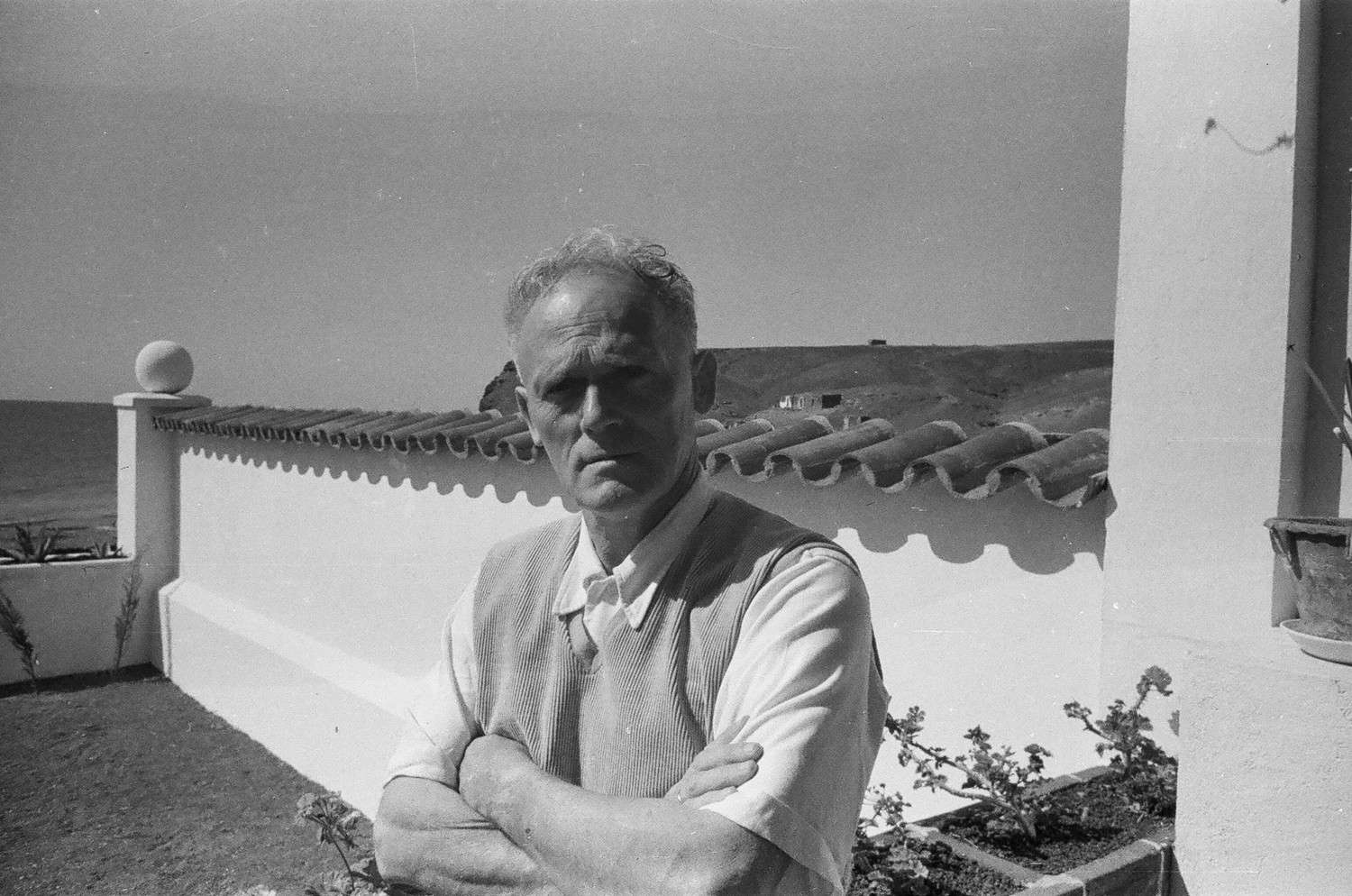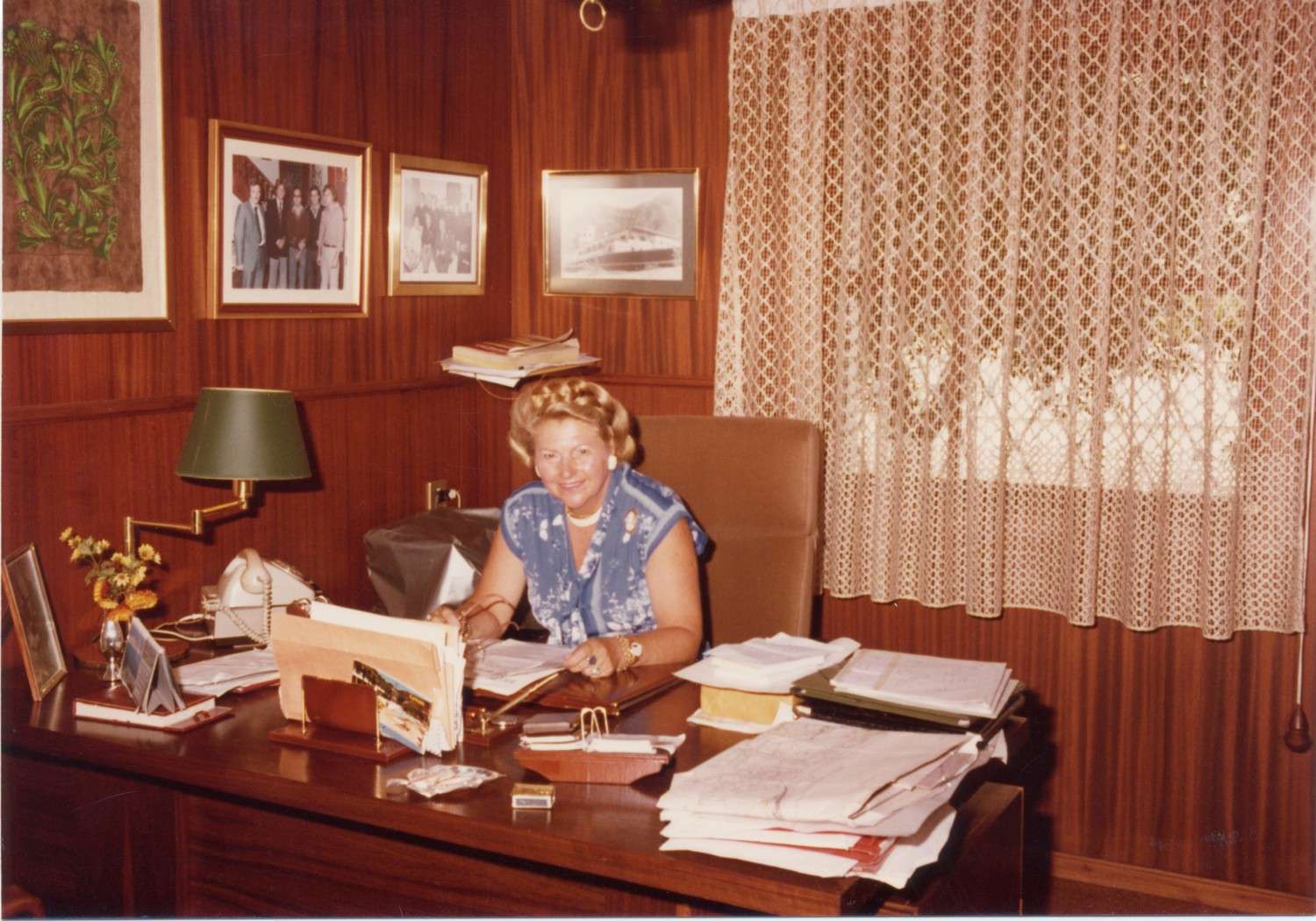One of the main myths connected to the house, is that it was used as a base for German submarines during the 2nd World War!!!
There is approximately 2 km. between the house and the sea. On the coast, there is a more than 15-km long sand beach open to the north. The navigational charts show how shallow the water is in the area, even several kms away from the shore, which would have made it impossible for submarines to manoeuvre.
Such shallow waters are due to the swell on the coast. Although 2 km from the shore, the sea seems peaceful, when you get close to the coast the sea current crashes against the sea bed, leading to the strong waves on Cofete beach. In these videos we can see how, approximately 400 metres from the shore, there are strong waves, one after the other, splashing and causing the strong current in the area. Many people have died in the sea in Cofete!
In the coast and east sides of the beach of Cofete, there are rocks and stones, and changes can be seen from one month to the other: a 2.5 m tall rock, was semi buried a few months later, and only about 50 – 60 cm of it could be seen. If we multiply the 15 km length of the beach by its approximately 100-m width, we can figure out how strong the sea can get to be when it is capable of moving so much sand on Cofete beach.





In the section called "Construction", there are details regarding three storage rooms on the basement of the house. Does this fact confirm that there was a submarine base under the house? In Germany, it was common to build basements in family homes. The house in Cofete is very spacious, and located far away, especially in terms of when it was built. Therefore, it was convenient for it to have several fresh storage areas (supplies, crops, furniture, different types of goods, etc.).
With such rough waters, toward the beginning of the 1940’s, in Cofete, was there the necessary machinery, technology, fuel and workers to actually build an underground tunnel, with such sandy sea bed, and that on top of that, it would be more than 2-km long all the way to the house? Furthermore, was it possible to have something like that being built and for it to go unnoticed, since there has been absolutely no evidence of it? And yet another question: What would they use as supplies in Cofete?: and what about fuel? and food? There wasn’t much of any of that there. In addition, the area was totally isolated since there was no road access until the end of 1951. (See the "Chronology of the different access points" to Cofetesection).
At the start of this webpage, there is mention being made to the article “The tale of Cofete", that I wrote after Mr. Diego Talavera’s report in LA PROVINCIA newspaper, on 13th January 2002 (2). It was called: “NAZI SUBMARINES IN PUERTO DE LA LUZ. THE GERMAN DOCUMENTS THAT HAVE NOW SEEN THE LIGHT, PROVE THAT THE PRESENCE OF SUBMARINES IN FUERTEVENTURA WAS ONLY A MYTH.”
All research done confirms it. Doctor Juan José Díaz Benítez, Professor of the Historic Sciences Department of the University of Las Palmas de Gran Canaria, has conducted extensive research regarding the possibility of Germans and allies on the Canary Islands during the 2nd World War. We have deemed it appropriate to attach conclusions of said research in “The alleged supply of submarines in Fuerteventura during the second world war.” Published in: XV Research on Fuerteventura and Lanzarote, Puerto del Rosario, General Archive of the Cabildo Insular of Fuerteventura and the Cabildo of Lanzarote, 2016, volume III: History, Geography, pp. 383-417
Some weeks after that article was published in La Provincia, Mr. Luis Delgado Rodríguez, who worked as Maestro in Morro Jable for eight years, felt encouraged to publish a letter in the same newspaper, based on interviews with locals who lived there during that time. Thank you Mr. Luis.
It has also been said that the house of Cofete was used as accommodation for the crews of submarines and top nazi members, as well as for parties, and also, that it was used as shelter once the 2nd World War came to an end, before emigrating to South America…
Taking into account that the documents submitted proof that the house started being built in October 1946, a year and a half after the German surrender, could therefore a house that didn’t exist at that time, have been used for the purposes mentioned?
In order to get to Cofete, you first have to go to Morro Jable. How many of those people acting as tour guides in Jandía, telling stories to their customers, or those writing reports and articles, or spreading rumours, how many of them have actually stopped by in Morro Jable to talk to the locals who actually saw GW arrive for the very first time to Jandía toward the end of the 1930’s, who lived in Cofete in the 1940’s and saw the house being built or even took part in it? It was easier to merely repeat and add details to the morbid tales being told rather than showing any interest in finding out the truth. Unfortunately, those born before the 1940’s are now few and far between.
Gustav Winter was no nazi: he wasn’t a member of the party. Contrary to what many of those stories tell, not only was he not a military man, he didn’t even do the military service (he left Germany in 1913, after just turning 20, one year before the start of the 1st World War. This can be confirmed by checking the Federal Archives and the Archives of the German Defence Ministry.
 Gustav Winter in Morro Jable (1952)
Gustav Winter in Morro Jable (1952)
 Isabel Althaus in Las Palmas de Gran Canaria (1987)
Isabel Althaus in Las Palmas de Gran Canaria (1987)
When in January 1983, magazine Interviú published: “Canarias: Aquí quería jubilarse Hitler” (Here’s where Hitler wanted to retire), our mother Isabel Althaus (IA) addressed Mr. Simon Wiesenthal (SW), (researcher and Jew nazi hunter, who, after having been a prisoner at the concentration camp during the 2nd World War, dedicated most of his life to pin down and identify nazi war criminals who had fled, in order to bring them to justice. He set up the Archive Centre of Jews prosecuted by the nazi regime), to ask him whether at his Archive Centre they had any evidence involving GW in any of what was said in the article. It’s been almost 40 years now, and the corresponding folder that is in our possession, doesn’t include all the documents, since much of it was submitted at the initial lawsuit, as well as at the oral court and the appeal to the Supreme Court.
On the initial reply provided by Mr. Simon Wiesenthal, it says:
“… the article on the press is total nonsense, and no journalist has ever spoken to us about Jandía, or has anyone been given any information by us, as claimed.”
Mostramos la correspondencia que se conserva, en original alemán original en alemán y la traducción. Las dos cartas de D. Simon Wiesenthal son objeto de traducción oficial al español por Traductora Oficial – Intérprete Jurado.
We share the letters that we still have, originally written in German, as well as their translation. The two letters from Mr. Simon Wiesenthal, include sworn translations into Spanish by an Official Sworn Translator-Interpreter.
When anyone heads toward the Wiesenthal Archive Centre, as someone did in 2002, here’s the answer you’re given:
“I can assure you that our archives have a file under the name of Gustav Winter. The file consists of a significant amount of letters, and we have a strict confidentiality policy. Therefore, we cannot possibly authorise access to such file, much less provide you with a copy. However, I can assure you that said file has no evidence whatsoever of Gustav Winter being involved in any nazi activities.
I hope this answer is useful to you somehow. Yours sincerely, Mr. Wiesenthal”
We, as direct descendants, have been given the full file. It mainly includes letters: most of them are letters between Isabel Althaus and Simon Wiesenthal, as we have shown, along with an application made by the family lawyer who was the one leading the case. In addition, there is an article from the magazine, in Spanish, and the sworn translation into German for Simon Wiesenthal. The rest basically consists of inquiries regarding any background related to Gustav Winter (and his suspicious “Castle” in Cofete), just as that man did twenty years ago when looking into the subject.
Although it is not directly connected to the house, the "wire fence" that was there for years, where the Dehesa de Jandía plot of land starts, in La Pared, has also been used to tell stories. We have, with the corresponding documents, backed up the fact that it stood there from 1950 to 1962. We have have also documented its purpose for being there.

